
How to Use Arduino UNO: Examples, Pinouts, and Specs
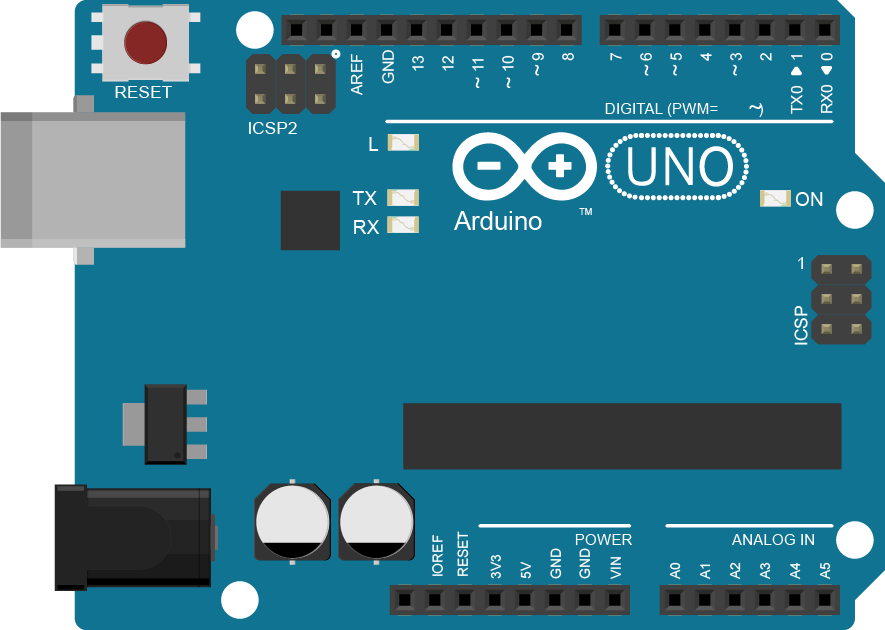
 Design with Arduino UNO in Cirkit Designer
Design with Arduino UNO in Cirkit DesignerIntroduction
The Arduino UNO is a microcontroller board based on the ATmega328P. It is one of the most popular and versatile development boards in the Arduino ecosystem, widely used for building digital devices and interactive objects that can sense and control the physical world. Its ease of use, extensive community support, and compatibility with a wide range of sensors and actuators make it an excellent choice for beginners and professionals alike.
Explore Projects Built with Arduino UNO
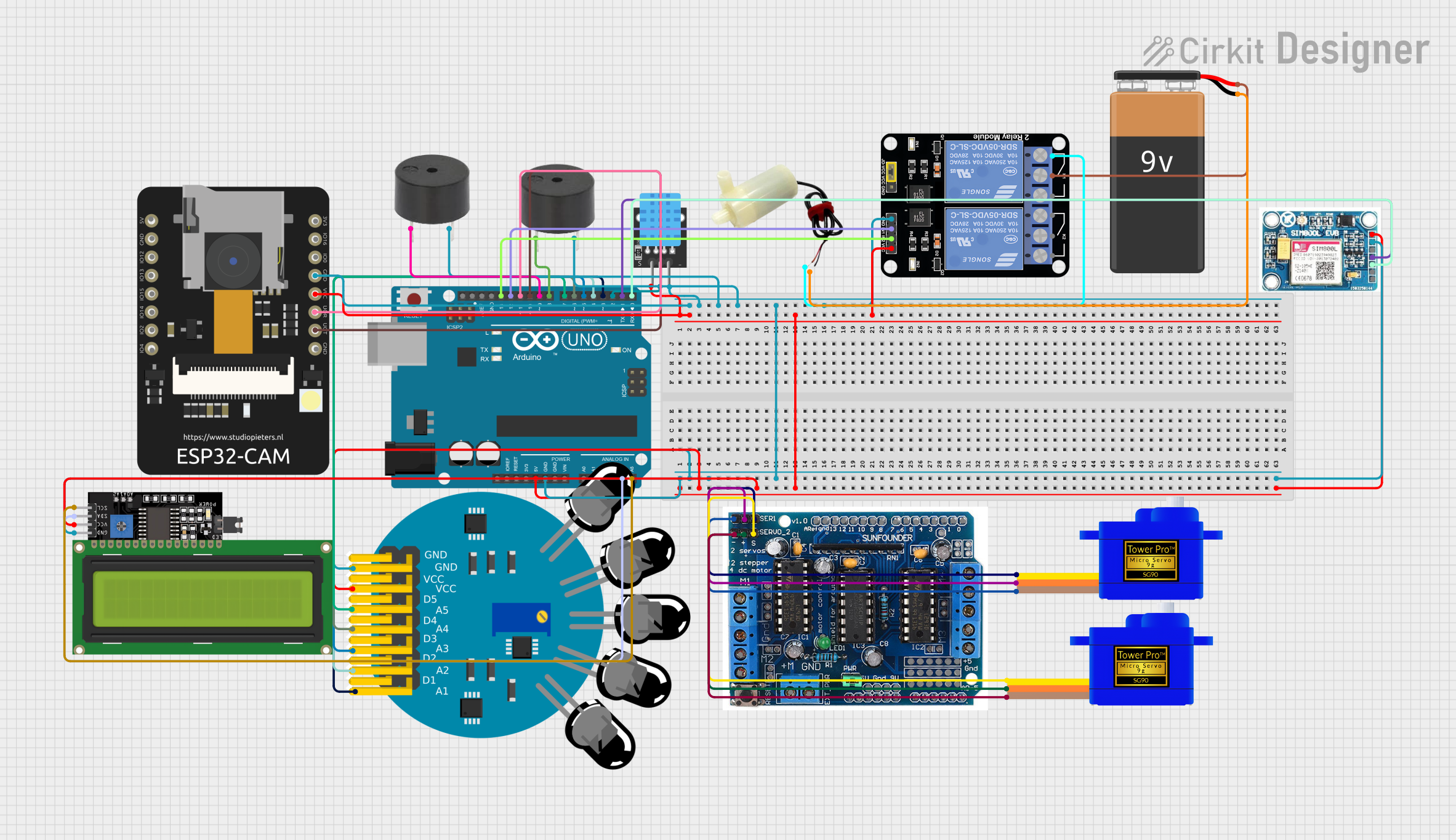
 Open Project in Cirkit Designer
Open Project in Cirkit Designer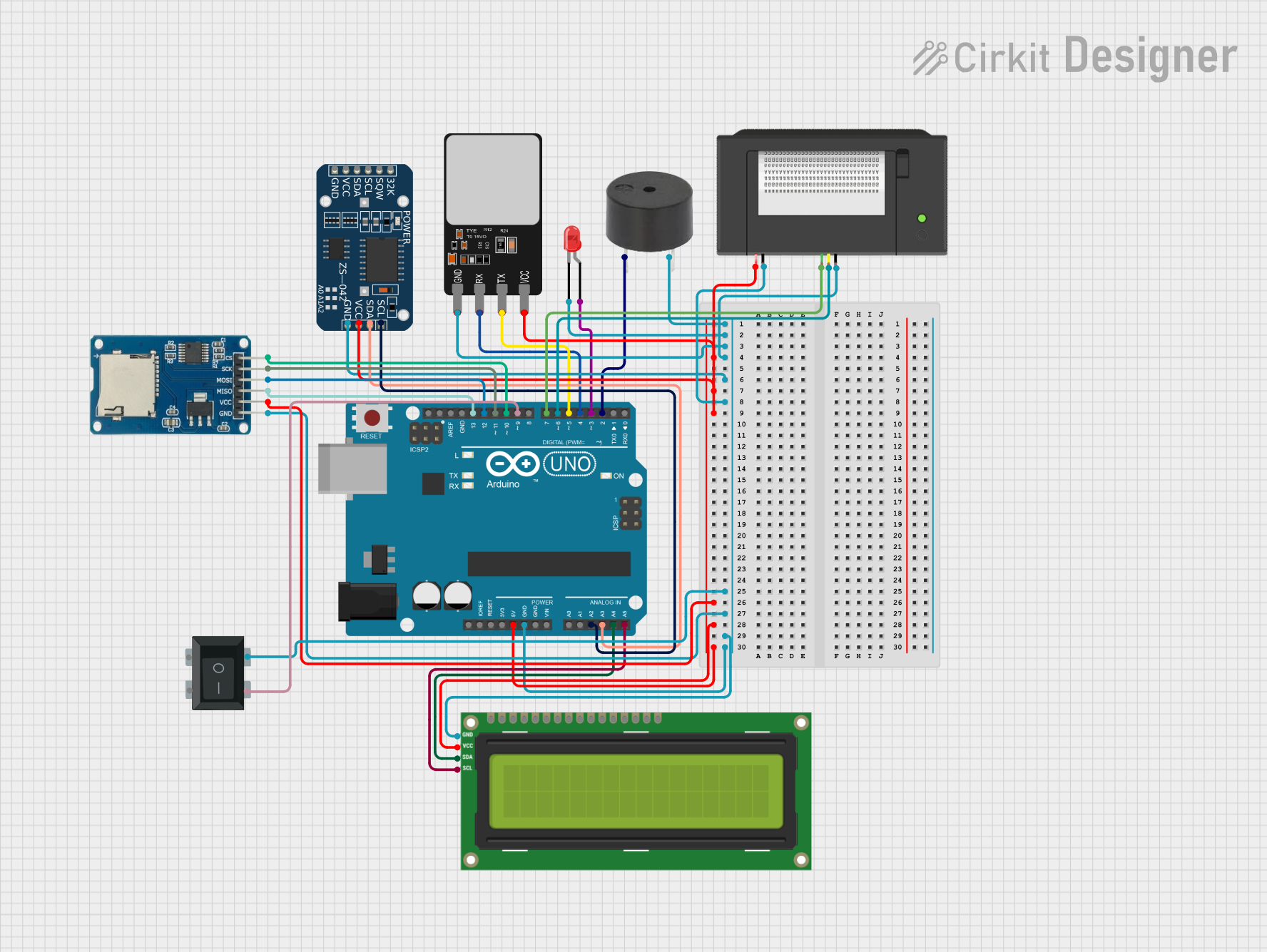
 Open Project in Cirkit Designer
Open Project in Cirkit Designer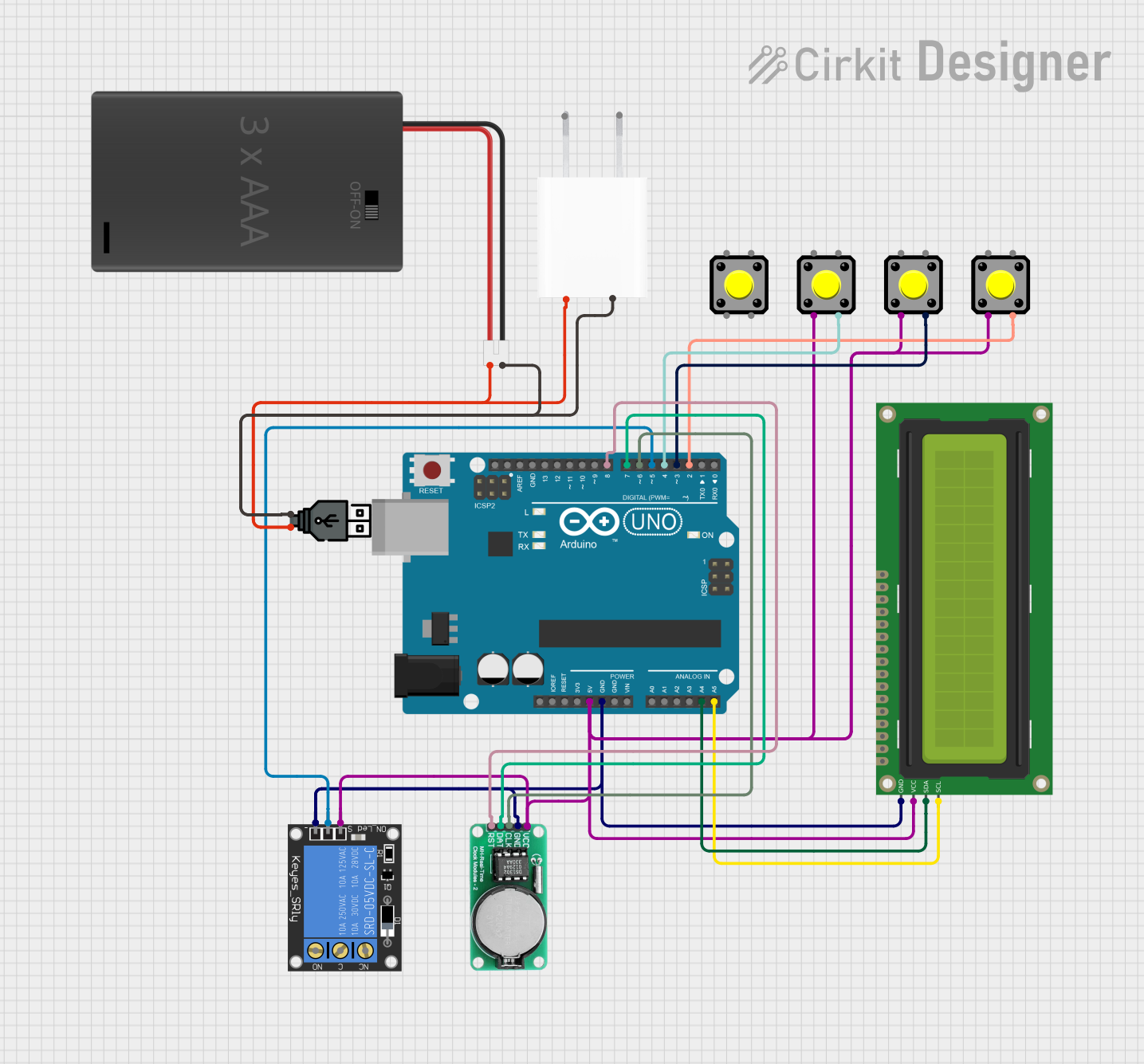
 Open Project in Cirkit Designer
Open Project in Cirkit Designer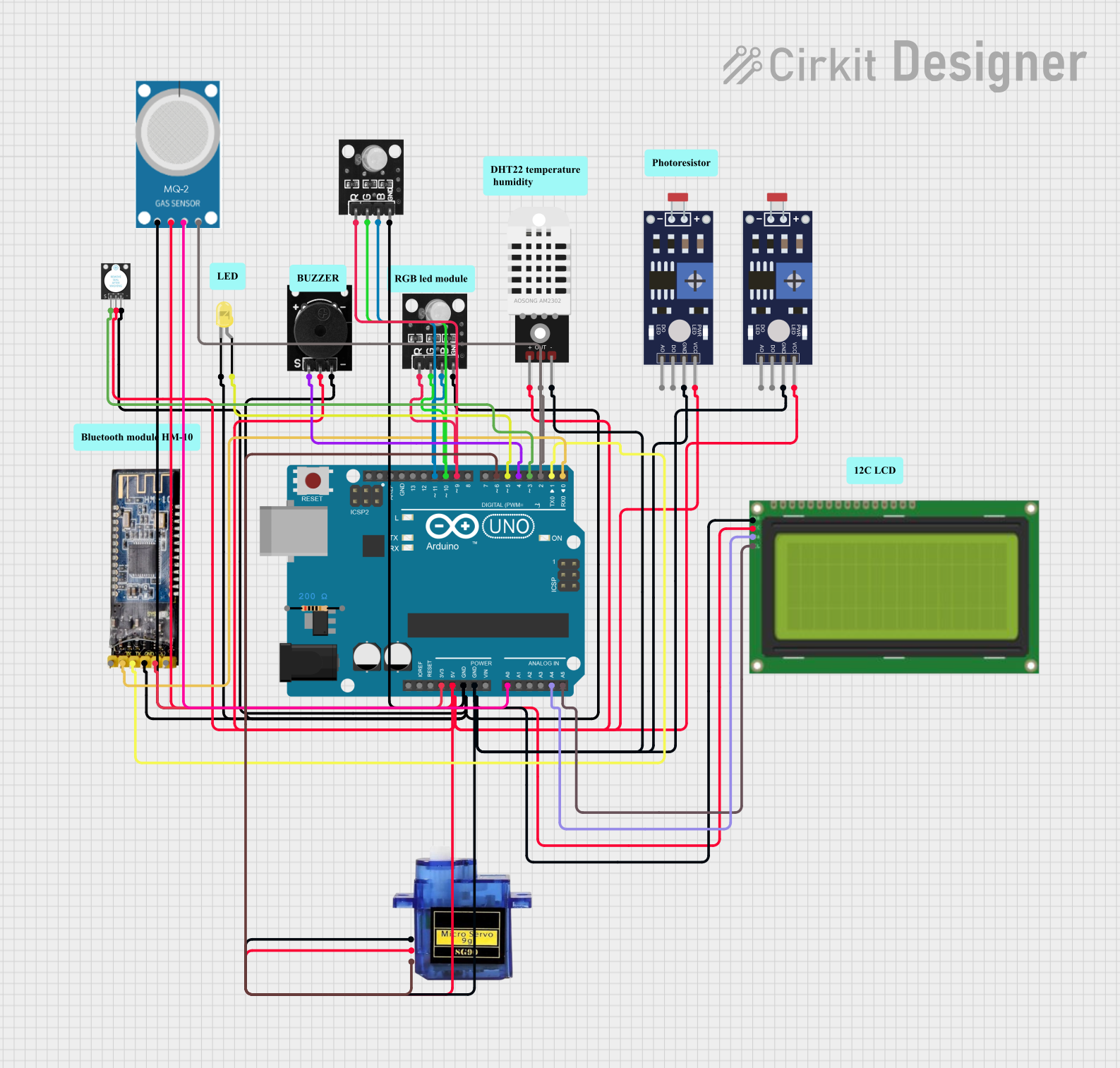
 Open Project in Cirkit Designer
Open Project in Cirkit DesignerExplore Projects Built with Arduino UNO

 Open Project in Cirkit Designer
Open Project in Cirkit Designer
 Open Project in Cirkit Designer
Open Project in Cirkit Designer
 Open Project in Cirkit Designer
Open Project in Cirkit Designer
 Open Project in Cirkit Designer
Open Project in Cirkit DesignerCommon Applications and Use Cases
- Prototyping and development of IoT (Internet of Things) devices
- Robotics and automation projects
- Data acquisition and environmental monitoring
- Home automation systems
- Educational purposes for learning programming and electronics
Technical Specifications
Key Technical Details
| Specification | Value |
|---|---|
| Microcontroller | ATmega328P |
| Operating Voltage | 5V |
| Input Voltage (VIN) | 7-12V |
| Digital I/O Pins | 14 (6 provide PWM output) |
| Analog Input Pins | 6 |
| DC Current per I/O Pin | 20 mA |
| Flash Memory | 32 KB (0.5 KB used by bootloader) |
| SRAM | 2 KB |
| EEPROM | 1 KB |
| Clock Speed | 16 MHz |
| USB Connector | Type-B |
| Dimensions | 68.6 mm x 53.4 mm |
Pin Configuration and Descriptions
| Pin Name | Description |
|---|---|
| Digital Pins 0-13 | General-purpose digital I/O pins. Pins 3, 5, 6, 9, 10, and 11 support PWM output. |
| Analog Pins A0-A5 | Analog input pins for reading sensor data (0-5V range). |
| GND | Ground pins for completing the circuit. |
| 5V | Regulated 5V output for powering external components. |
| 3.3V | Regulated 3.3V output for low-voltage components. |
| VIN | Input voltage pin for external power supply (7-12V). |
| RESET | Resets the microcontroller when pulled LOW. |
| TX (Pin 1) | Transmit pin for serial communication. |
| RX (Pin 0) | Receive pin for serial communication. |
| ICSP Header | Used for in-circuit serial programming of the microcontroller. |
Usage Instructions
How to Use the Arduino UNO in a Circuit
Powering the Board:
- Connect the Arduino UNO to your computer using a USB Type-B cable for power and programming.
- Alternatively, use an external power supply (7-12V) via the VIN pin or the DC barrel jack.
Connecting Components:
- Use the digital I/O pins for controlling LEDs, relays, or other digital devices.
- Use the analog input pins (A0-A5) to read sensor data such as temperature, light, or pressure.
- Ensure that the current drawn by connected components does not exceed 20 mA per pin.
Programming the Board:
- Install the Arduino IDE from the official Arduino website.
- Select "Arduino UNO" as the board type in the IDE.
- Write your code in the IDE, then upload it to the board using the USB connection.
Important Considerations and Best Practices
- Avoid short circuits by double-checking your wiring before powering the board.
- Use resistors with LEDs to limit current and prevent damage to the pins.
- If using motors or high-power devices, use external power sources and appropriate driver circuits.
- Disconnect the board from power before making changes to the circuit.
Example Code: Blinking an LED
The following code demonstrates how to blink an LED connected to digital pin 13.
// This program blinks an LED connected to pin 13 on the Arduino UNO.
// The LED will turn on for 1 second, then off for 1 second, repeatedly.
void setup() {
pinMode(13, OUTPUT); // Set pin 13 as an output pin
}
void loop() {
digitalWrite(13, HIGH); // Turn the LED on
delay(1000); // Wait for 1 second
digitalWrite(13, LOW); // Turn the LED off
delay(1000); // Wait for 1 second
}
Troubleshooting and FAQs
Common Issues and Solutions
The Arduino UNO is not detected by the computer:
- Ensure the USB cable is properly connected and functional.
- Check if the correct COM port is selected in the Arduino IDE.
- Install or update the USB drivers for the Arduino UNO.
Code does not upload to the board:
- Verify that "Arduino UNO" is selected as the board type in the IDE.
- Ensure no other program is using the same COM port.
- Press the RESET button on the board and try uploading again.
Components are not working as expected:
- Double-check the wiring and connections.
- Ensure the components are compatible with the Arduino UNO's voltage and current ratings.
- Use a multimeter to test for continuity and proper voltage levels.
FAQs
Can I power the Arduino UNO with a battery?
Yes, you can use a 9V battery connected to the DC barrel jack or VIN pin.What is the maximum current the Arduino UNO can supply?
The 5V pin can supply up to 500 mA when powered via USB, but it is recommended to stay below this limit.Can I use the Arduino UNO for wireless communication?
Yes, you can use external modules like the HC-05 Bluetooth module or ESP8266 Wi-Fi module for wireless communication.
By following this documentation, you can effectively use the Arduino UNO for a wide range of projects and applications.